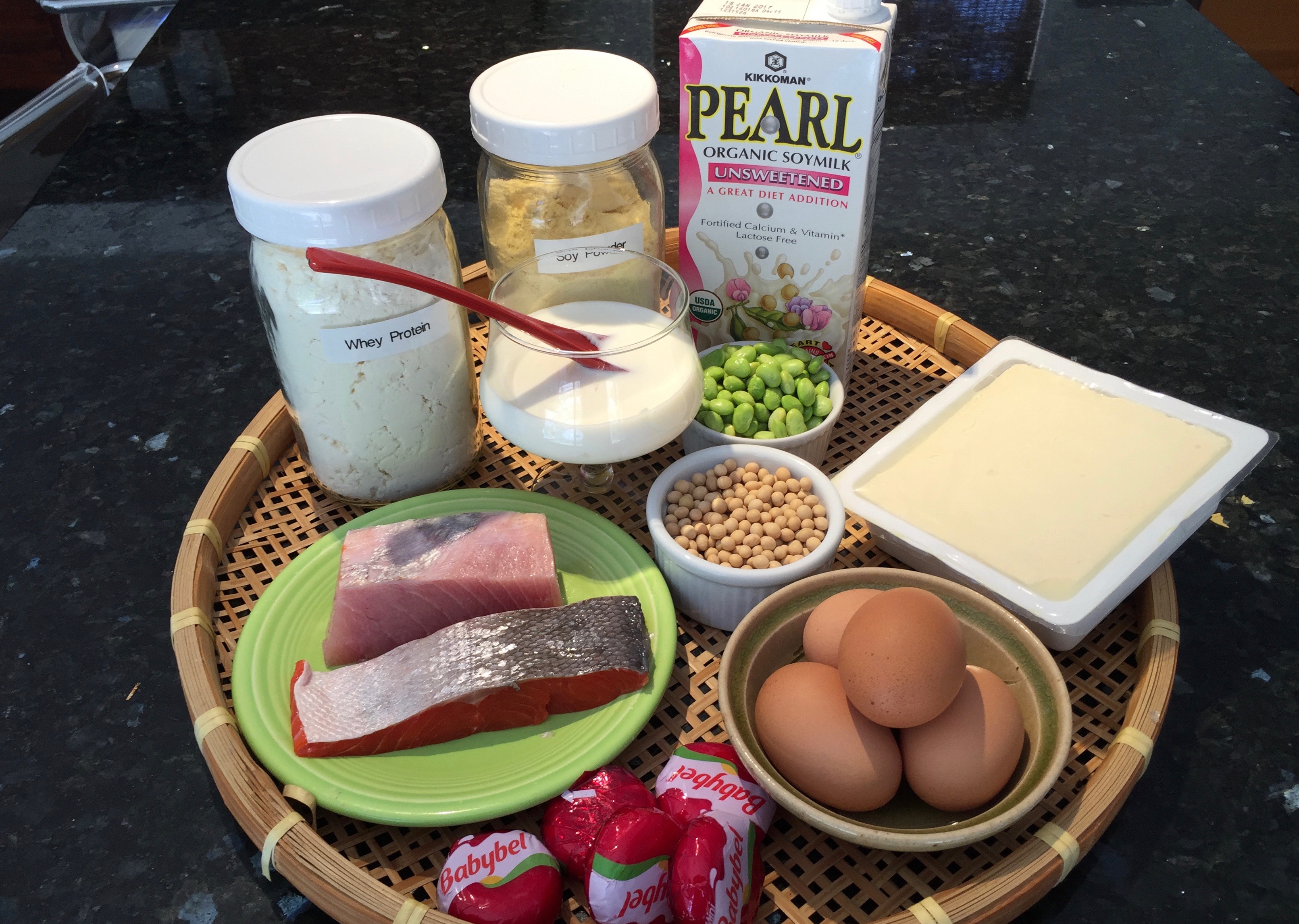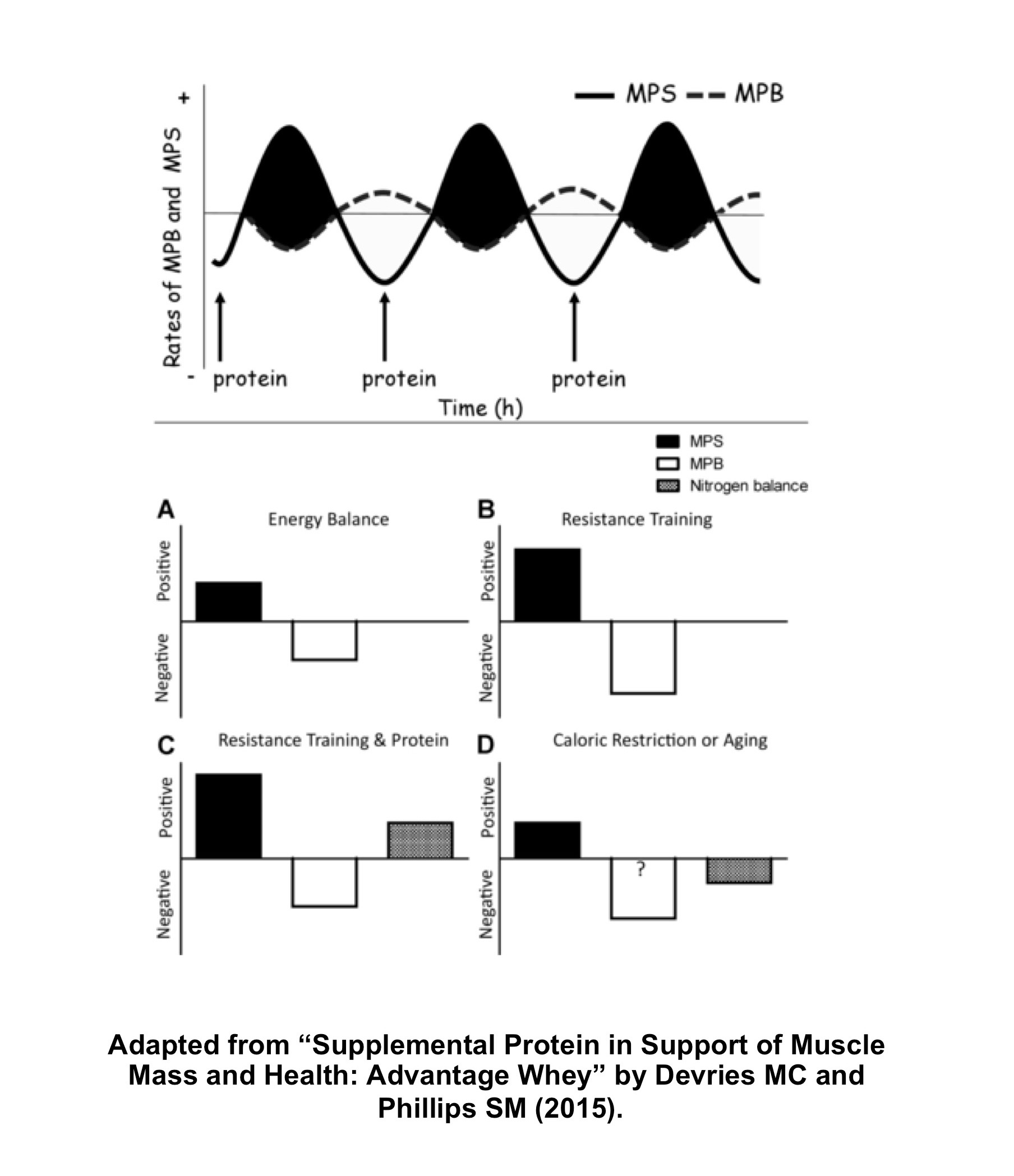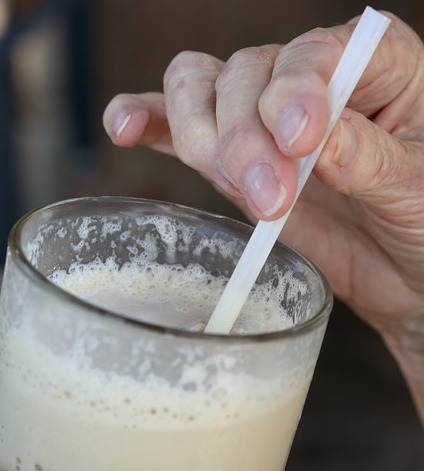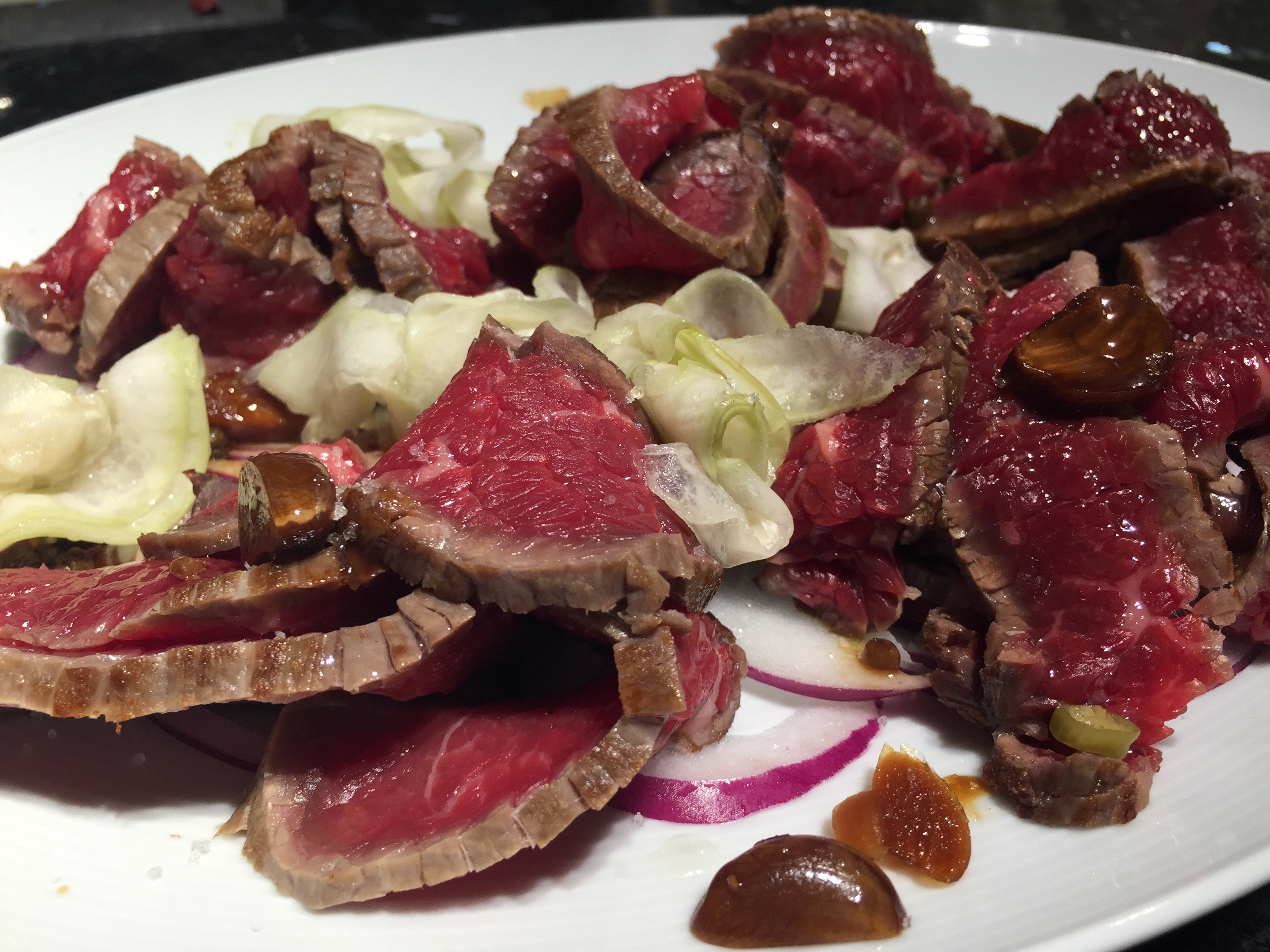Everyone older than 40 is naturally losing muscle at a rate of ~0.8% per year (1). If you do not eat high quality protein and do not workout, your quality of life will be significantly decreased when you get old by falls and loss of ability to perform activities of daily living. The roles of skeletal muscles are not only locomotion and power production but include metabolic regulation so that loss of muscle mass increases risks of metabolic syndromes including type II diabetes and cardiovascular disease. The good news is that you can grow muscle even in old age by combination of quality meals and resistance exercise. The keywords for this are essential amino acids (EAAs), branched-chain amino acids (BCAAs) and resistance exercise.
Not all proteins are same

Proteins consist of various Amino Acids (AAs). To date, 20 AAs have been identified in human growth and metabolisms. Nine of them are categorized as Essential Amino Acids (EAAs) as they cannot be synthesized in our body and we need to intake them from food. A complete proteins means food including all of the EAAs. The best complete proteins are eggs and milk (whey and casein) proteins that satisfy the daily requirement of every EAA. Soy and hemp seed proteins are complete but in low in several AAs, methionine and cystine, and lysine, respectively. Thus, if you do not consume any animal-derived foods, you need to compensate such AA shortages by eating more protein-rich foods (e.g. beans) or taking AA supplements.
How do muscles grow? (2)

Muscle mass is maintained by protein net balance between muscle protein synthesis (MPS) and muscle protein breakdown (MPB). When you consume a meal rich in high quality protein, MPS increases and the net balance shifts to positive. MPS decreases by time after meal while MPB increases and the net balance switches to negative until next meal is eaten. Aging, energy deficit as well as low-calorie diet decreases MPS, resulting in muscle loss if you do not eat well. Resistance training following a meal sustains the net positive balance created by the meal longer. MPS created by resistance training can causes prolonged MPB in the absence of EAAs. That is why protein intake is essential within “anabolic window” (<1h before or after resistance exercise) to enhance MPS and minimize MPB for maintaining the positive protein net balance.
Key players in MPS

Three of EAAs are BCAAs including leucine, isoleucine, and valine. BCAAs, particularly leucine, increase MPS by activating key enzymes in muscle synthesis (3). These activations are enhanced after resistance training and during recovery after endurance sports. Insulin is known to stimulate MPS and leucine taken with carbohydrates significantly stimulates insulin secretion from the pancreas. Existence of all EAAs in blood plasma is the key to maintain the leucine-stimulated MPS. Foods containing BCAAs rich proteins are milk, eggs and lean parts of meats and fish.
How much of protein?

The current recommended dietary allowance (RDA) of protein for all men and women over 19 years old is 0.8g/kg of body weight (BW)/day. For example, a 75 kg (165lb) person needs 60g of protein per day, or if distributed evenly across three meals, 20 g protein per meal. However, protein requirement increases by aging, exercising, lifestyle and calorie-restriction.
- Protein requirement for older adults increases since the anabolic response to consumed protein is dampened in old age.
- Athletes need higher protein consumption for strength and recovery. Numerous studies shows consuming 20g of high quality protein (e.g. whey protein) within 1 hour before or after resistance training maximally stimulates MPS (2).
- Vegans who eat only plant-derived foods need to compensate deficient EAAs by higher protein intake.
- People on a low-calorie diet should boost protein consumption because typical low-calorie diets cause the skeletal muscle loss. A meta-analysis study showed higher protein consumption (>1.25g/kg BW/day or 94g for a 165lb person) during caloric restriction resulted in greater losses of body weight and fat mass while completely attenuated decreases in lean body (2).

Therefore, my recommendation for people less than 160 lb is >20g of protein x 3 meals 20g of complete protein (e.g. whey and soy protein shakes) within 1 hour before or after lifting weights. For people more than 160 lb, protein intake per meal is increased to 30g or more.
The table below shows protein and leucine contents of some foods (from USDA National Nutrient Database). In general, animal-derived foods are rich in high quality protein and BAAs including leucine. The ballpark estimates of protein contents in lean parts of meats and fish are 20-30%. You can take ~20-30g of protein from 4 oz (~113g) of lean meat or fish. For example, if you eat 2 eggs for breakfast, 4 oz of grilled chicken breast for lunch and 4 oz of tuna sashimi for dinner, your daily protein intake is >80g including the values from other food items.

References
- Luiking, YC et al. Casein and Soy Protein Meals Differentially Affect Whole-Body and Splanchnic Protein Metabolism in Healthy Humans. J Nutr. 2005 May;135(5):1080-7.
- Devries MC and Phillips SM. Supplemental Protein in Support of Muscle Mass and Health: Advantage Whey. J Food Sci. 2015 Mar;80 Suppl 1:A8-A15
- Blomstrand E et al. Branched-chain amino acids activate key enzymes in protein synthesis after physical exercise. J Nutr. 2006 Jan;136(1 Suppl):269S-73S.
